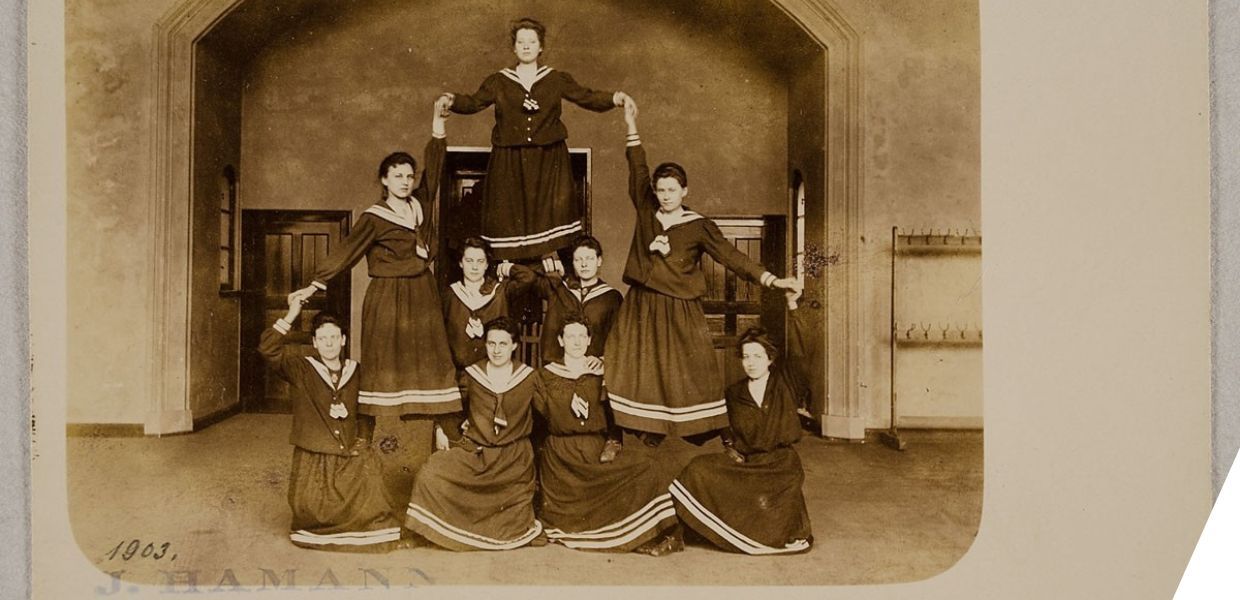Ethics in digital cultural heritage - what are we really talking about?
Our session began by discussing with participants what ethics represents to them in the digital cultural heritage sector, and which ethical questions emerge in relation to copyright and open access.
Participants agreed that ethics constitutes a broad concept, which can imply different meanings to different groups, depending on the missions and scope of work of the institutions.
Reconciling ethics and open access
Going beyond copyright and legal compliance, we discussed how there might be various restrictions or considerations applicable to sharing collections from an ethical perspective. For instance, it might be the case that the copyright protection in a certain object has expired, but the institution still needs to be mindful about whether allowing open access to the reproductions for further reuse could negatively affect specific individuals or groups. The objects concerned could be of specific religious or social value to the communities they emerge from, or might contain sensitive information. Additionally, there might be objects which are already in the public domain, but whose digitisation, release or promotion might not be appropriate.
Cultural heritage institutions (CHIs) may not be best placed to answer questions on ethics on their own when dealing with a particular item, but may need to work together with the individuals or communities to whom the objects concerned belong and center them in the decision-making processes. The institutions should ask: whose ethics need to apply to the relevant object or collection? It may be that a range of communities’ ethics need to be taken into account, such as those of the CHI and of the object’s originators.
Sharing digital cultural heritage but communicating ethical implications
The session also explored how there might be ethical standards applicable either at national, sectoral or even universal levels which institutions should be aware of. For instance, certain local ethical considerations may require particular objects or data on these objects to never be shared publicly, due to the representative value of the object for its community. In these cases, Dr. Wallace suggested that account should be taken of the most relevant local ethical standard in relation to the individuals and groups affected. Institutions should also observe how different ethical standards applicable to specific objects and collections interact, and how they can ensure the compliance of their internal policies to these standards. Apart from these ethical standards, the institutions should also always question whether copyright should be claimed in the object, whether it should be digitally accessible and what sort of metadata should accompany it. Indeed, copyright is not the only tool available to institutions to indicate that restrictions apply to reuse. The Rights Statements label for Other Known Legal Restrictions can be used to indicate that Indigenous rights claims or traditional cultural expressions protect the object, despite it being in the public domain.
Seeking a balance between the institutional objectives of CHIs on public domain and open access, and the interests and values of groups and individuals who might be affected by the activities of the CHIs is a challenging task, especially when collections are being digitised en masse. This makes the individualised examination of context and cultural sensitivity complicated. Therefore, CHIs should have clear policies on open access and sharing, specifically on materials that might require complex analysis and ethical considerations. These policies should be revised regularly.
Some concrete examples
Participants discussed concrete examples from their daily work and projects, and how to incorporate ethics and an institutional approach to ethical matters to their work.
One example concerned the archiving by a CHI of testimonies of an important event shared by individuals through social media, archived and made available to facilitate research. The CHI wondered how to limit the potential harms while collecting information from social media. They recognised that people who shared these stories did so through a specific medium and at a specific time, and might not want them to be archived for a longer term. However, some participants shared their concern on restricting the materials CHIs should collect, in the context of future societal needs and capabilities to understand the past. Dr. Wallace emphasized the necessity to consider the type of data to collect and archive from the very beginning, which would both support an understanding of the past while avoiding causing any harmful situations for individuals and communities. As an example, Dr. Wallace proposed focusing on the context of the videos archived and other information that can be deduced from them, and turning to open source tools that can remove certain data, such as an individual’s face, from the video to both protect their identity and reduce obligations under data protection regulations.
Another example shared by a participant concerned the training of a visual recognition artificial intelligence that identifies individuals’ faces to allow for efficient searches and reuses of the archives. The participant mentioned their intention to create a reference set to facilitate further training of the models used by other CHIs. While valuing the benefit of such uses for discoverability of cultural heritage, participants also noted that this could carry some ethical implications. Some suggested their mitigation through limiting the end users to certain organisations.
Find out more and get involved
Did you enjoy reading about these discussions? Then register to join us in the upcoming Copyright and Policy Office hours! You can see an overview of all upcoming sessions here. The next event on 24 October will cover non-copyright limitations in the public domain and questions concerning limitations such as those presented by cultural heritage codes.


